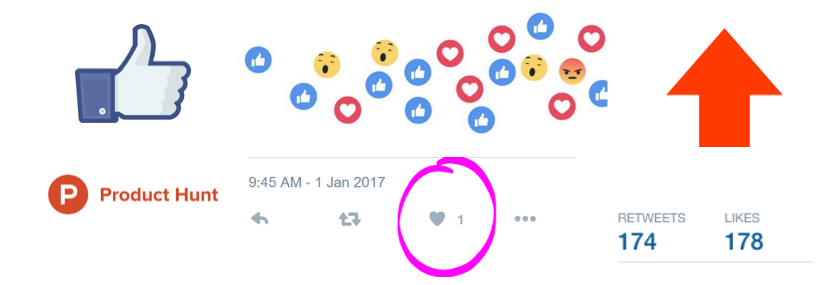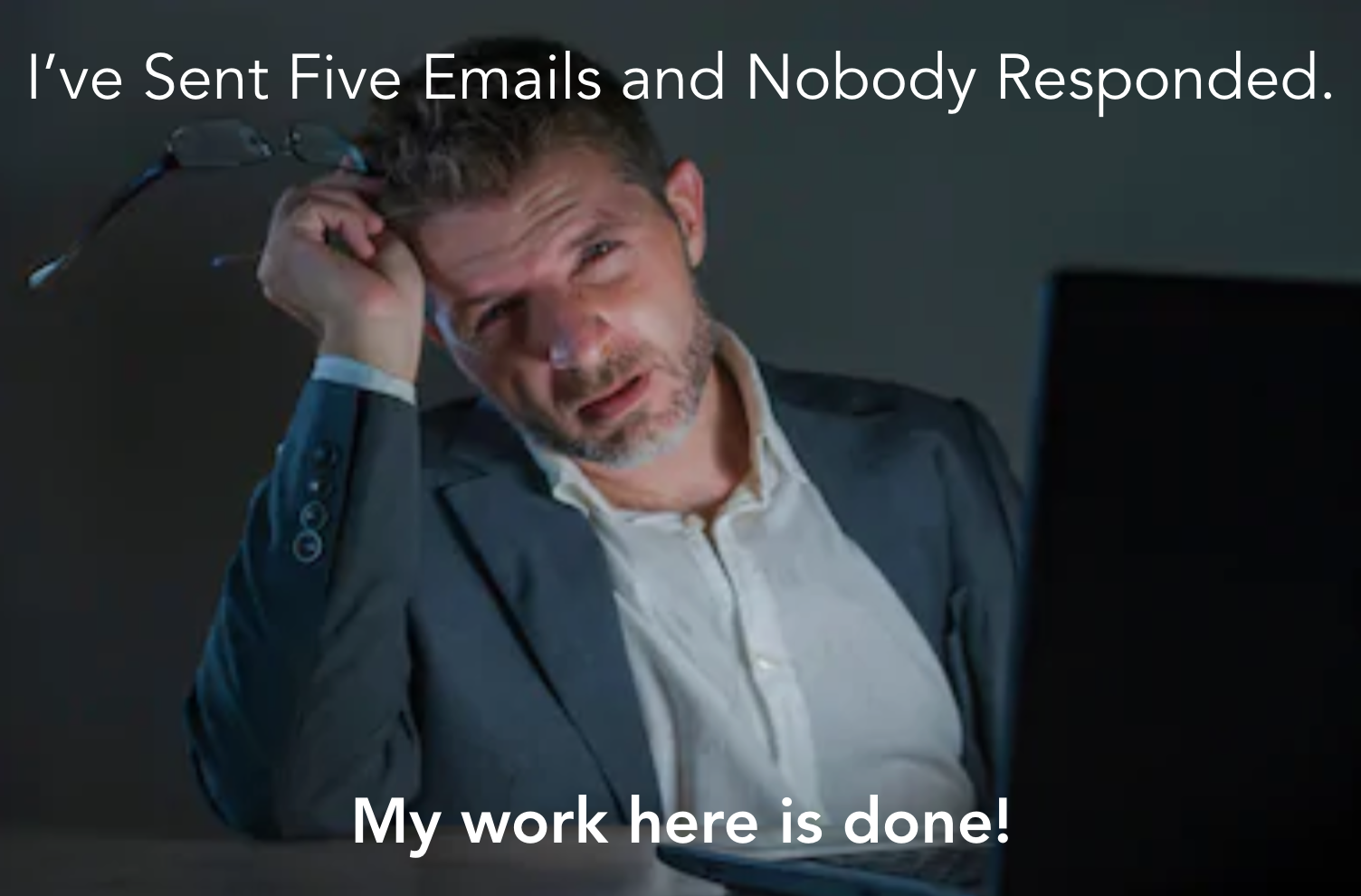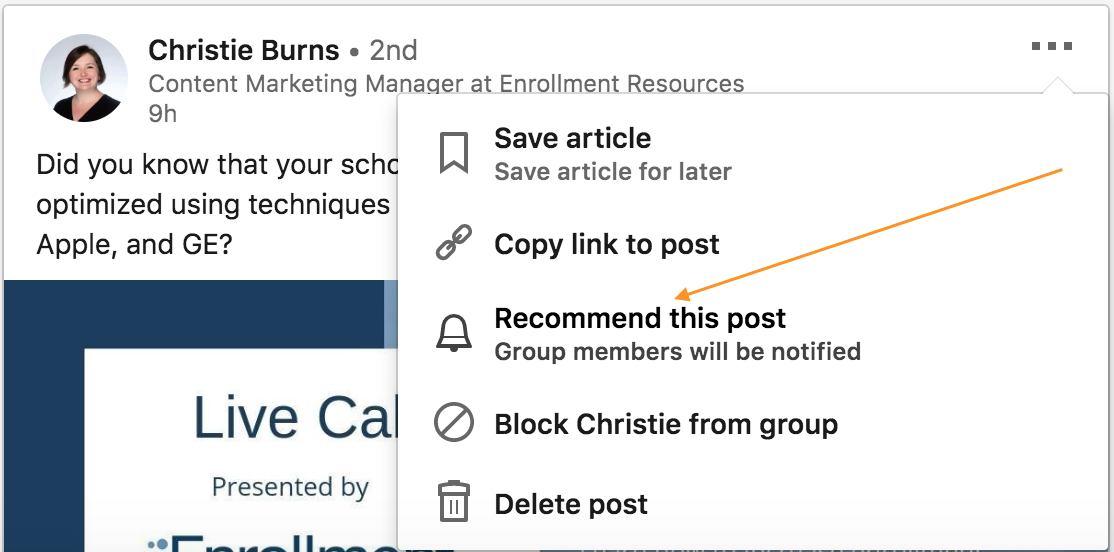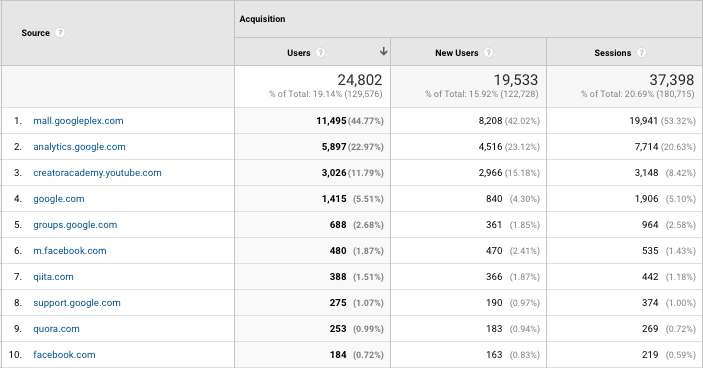We can all name a company who has pulled off a crazy stunt or unique campaign. But do we know why some are easier to remember than others? Here at Pintler Group we are diving in to find out why some of these ideas stick and some are forgotten. Public relations (PR) is the act of creating and maintaining a favorable public image. Unconventional PR is simply maintaining this image by using unexpected and abnormal methods. It can surface in many ways including publicity stunts, viral videos and customer appreciation. Here are five successful unconventional PR campaigns and why they worked for the brand who pulled them off.
#1: Banksy’s Self Destructing Painting
On October 5, 2018, many wealthy, art enthusiasts gathered at a Sotheby’s auction where one of the pieces for sale was a painting done by the mysterious artist, Banksy. Right as the hammer fell to indicate the sale of his piece, the painting titled “Girl with Balloon” began to self destruct by shredding.
Typically, we think of PR as a way for businesses to maintain a positive image. But brands and individuals such as Banksy use it as well. This stunt was successful because not only did it draw attention to Banksy’s art from all over the world, but it also addressed a social problem that the artist found to be important – the obsession we have to apply a monetary value to art.
Watch the video below and try to not let your heart break a little bit as the $1.4 million painting is shredded. This stunt sure has shock value. It also makes each viewer reconsider their values which is a powerful and memorable thing to do as a brand.
The painting is now estimated to be worth $2 million now. So we can say with confidence that this stunt did a great job of increasing the value of Banksy’s art.
#2: McDonald’s Golden Arches
To celebrate International Women’s Day, McDonald’s flipped their famous golden arches upside down to showcase a “W.”
There were some people that didn’t like it, which is a risk of unconventional PR. But many did like it and McDonald’s did a great job understanding the political climate of the time and making a move that would resonate with many of their customers. This simple flip caught the attention of many people around the country and gained a positive image from many.
#3: Frito-Lay’s Do Us a Flavor Competition
One way to use customer appreciation in unconventional PR is hosting a contest for people interacting with their brand. The Do Us a Flavor competition by Frito-Lay is a great example of this. First, Frito-Lay calls for flavor ideas from the general public. Next, they select the top ones and have them created. Then shoppers can buy the new flavors and vote on which one should stay.
This is a successful campaign because not only does it get customers involved in product creation, but it encourages people to purchase and try all of the new flavors. Unique flavors that were dreamt up by every-day-people and made a reality are very popular to other every-day-people. This competition increases brand awareness, customer loyalty and, of course, sales.
#4: Volvo Epic Split Video
A very popular and well known viral video example of unconventional PR is the video of Jean-Claude Van Damme doing the splits between two moving trucks (watch below).
With over 92 million views, there is no doubt that this unconventional PR attempt was effective in gaining attention. The point of the video was to showcase the stability of their steering system. But beautiful imagery and a very unexpected and extremely difficult stunt captivated audiences and made the video viral.
#5: Dollar Shave Club Blades Video
Another great example of an unconventional PR viral video is DollarShaveClub.com’s “Our Blades Are F***ing Great.”
With over 26 million views this video is successful because the content is very funny and entertaining yet it very clearly addresses the value proposition of their business and introduces the viewer to the exact problems their product solves. Try not to laugh when you watch the video below.
To learn more about unconventional PR check out this video and be sure to follow our channel on YouTube!
Visit our blog and listen to our podcast for more information on the 19 Traction Channels.













